The beauty of Indian art stems from the interspersing and intermingling of diverse elements to bring a unison of many expressions. Whether it is by application of gold sheets and precious and semi-precious stones on Tanjore paintings, or the use of clay and mirrors in creating Lippan art. Another prime example that echoes the rich tradition of infusion is the Tikuli craft of Bihar.
Tikuli is more than just an accessory, it is a symbol of empowerment and a testament to the rich cultural heritage of the region. The age-old Tikuli art heavily incorporates tikli or bindi patterns worn by married women between their eyebrows. The bindi stems from the Sanskrit word “bindu”. Although in modern times it has also become a fashion statement, the relevance of this small dot that is applied on the forehead goes beyond any ordinary embellishments.
Originating in the present-day Patna more than 800 years ago, Tikuli attracted trades from across the country who came to Patna to purchase it in bulk. The Mughals were particularly notable patrons of this art form, appreciating its many distinctive features. Under the patronage of the Mughals, Tikuli art found its niche, adorning the ornamental tikulis worn between the eyebrows as bindis. The Bihar-specific art is a rare speciality, not found elsewhere. Due to its intricate and detailed nature, Tikuli demands a unique set of skills. Additionally, it comes at a high cost, with the value of the art directly correlating with the refinement of the work.
In its early days, Tikuli was primarily created on glass sheets, which were then embellished with gold foil. Over time, the art evolved to encompass a broader range of materials, including wood, timber, paper, and even fabric. Today, the artists use a variety of mediums to express their creativity, ensuring the continued versatility and appeal of Tikuli art.
Culturally, it is a symbol of prosperity, spirituality and one’s identity. There have been multiple other reasons for wearing the vermilion dot on the forehead, apart from it being a mark of marriage. One reason is that this red dot enhances the power of the 6th chakra or the third eye, which helps the person to access their inner wisdom. Apart from bindi, other elements that highlight the aesthetic visual include the use of vibrant colours, crystals and gold leaf for the painting to come alive.
Just like many painting traditions in India that speak about the shared artistic expressions, such as Kalamkari, different schools of miniature paintings, Madhubani, etc, the primary colours utilised here, such as, red, blue, green, and yellow are made using natural dyes; and this has been the practice since the inception of this artform. Tikuli stands as a testament to the expertise, experimentation, and a deep love for art. This motif-rich artform is the outcome of the complex processes that go into creating authentic Tikuli masterpieces.
The Process
Tikuli is one of the chief examples of creativity that is the result of labour and patience. It is the immersion in the making processes that shows the love that the artist community collectively acquiesce to put in labour for the sake of propagating craftsmanship and promoting the art. Skills and precision go hand in hand when it comes to crafting a Tikuli. Although there are at least fifteen steps that go in if the artisan chooses to follow a more traditional method, the basic process can be segregated into 5 steps.
2. These hardboards are cut in proper shapes and four to five layers of enamel coat are applied over them. After every enamel coat, the surface is rubbed with sandpaper to furnish it with a glossy look.
3. The next major step includes making spectacular designs over these hardboards. Fine paint brushes and natural colors are employed by the artists to draw over the base. These colors are created by grinding natural pigments and diligently mixing them with water and Arabic gum so they form a paste.
4. The artist applies layers of lacquer to the surface of the paper. This final layer not only gives a glossy finish to the painting but also increases its lifespan.
5. To further elevate the artistry, the artist may also add gold foil, or mica to the patterns.
- Banerjee, Trisha. “Tikuli a Rare Art Form of Bihar.” Patna Diaries, March 9, 2021.
- Rhys, Dani. “Bindi: A Small Dot with a Big Cultural Impact.” Symbol Sage, January 8, 2024.
- “What Is Tikuli Art?” Tribal Handcrafts, February 22, 2024.
- Jha, Santosh. “The Untold Stories of Tikuli Art- History & Process.” iTokri आई.टोकरी, January 30, 2024.
- Singh, Gurvinder. “Tikuli Art - Born from Bindis.” Village Square, August 22, 2022.
- Srivastava, Ridhima. “Tikuli Art: The Rare and Beautiful Art Form of Patna.” Weave Hand, March 27, 2023.
- “Tikuli Art of Bihar.” Asia InCH – Encyclopedia of Intangible Cultural Heritage. Accessed April 3, 2024.
- Daryani, Khushi. “The Beautiful Arts of Bihar - Manjusha, Tikuli & Madhubani.” Memeraki Retail and Tech Pvt Ltd., February 17, 2021.
- “Bihar Bhawan.” Bihar Bhawan, New Delhi. Accessed April 3, 2024.


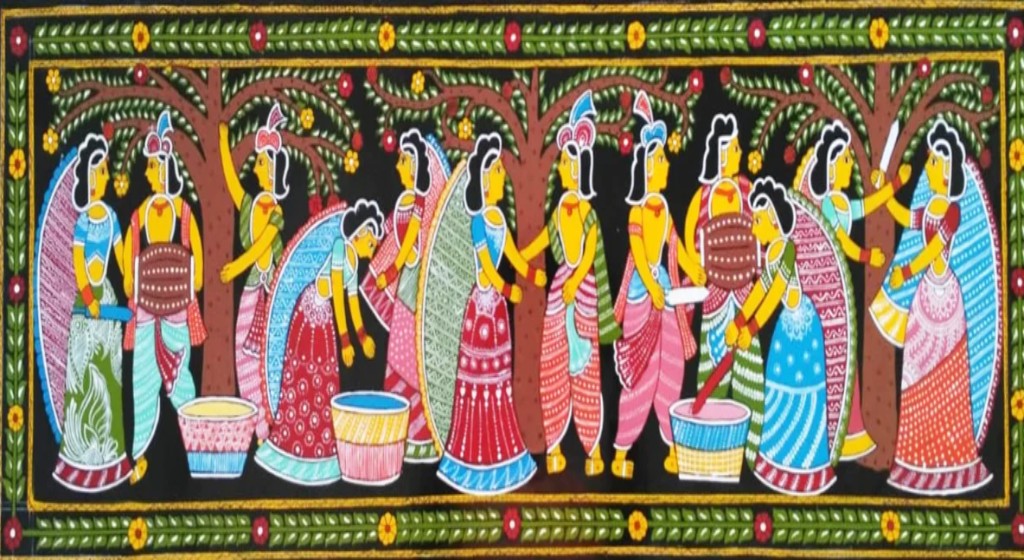













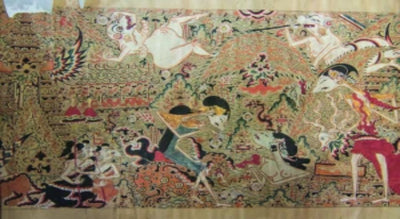
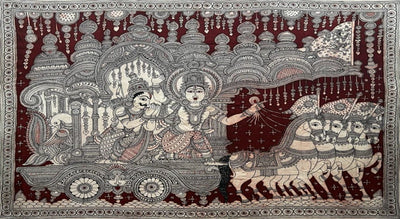

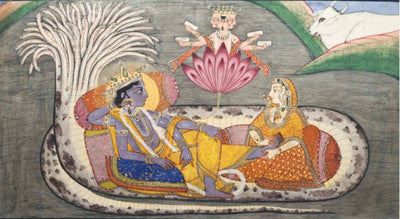
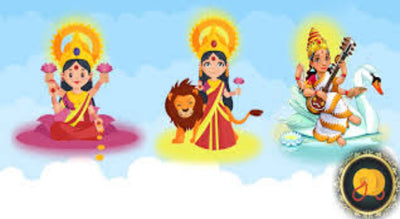
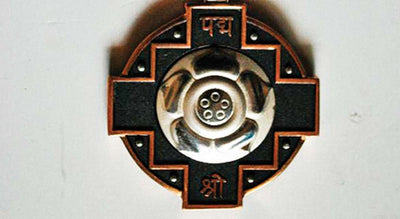
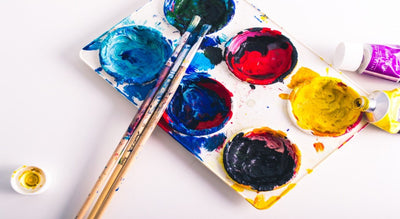
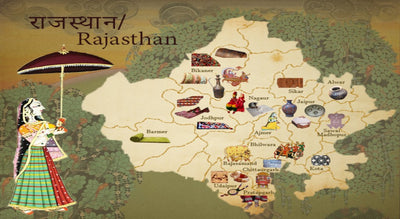
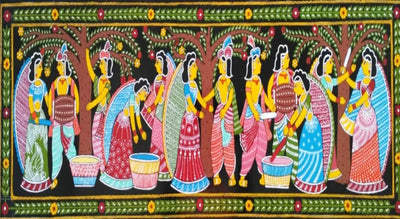
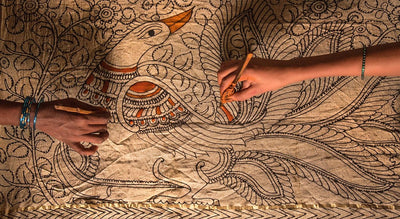
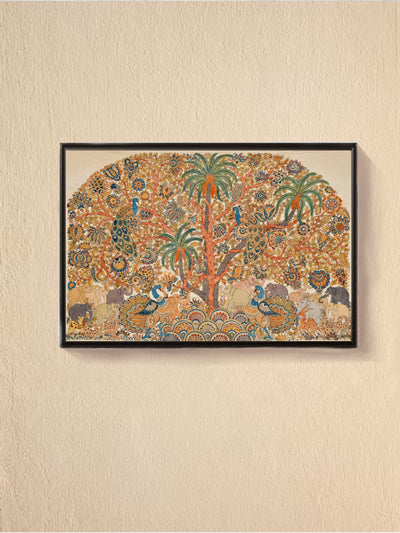







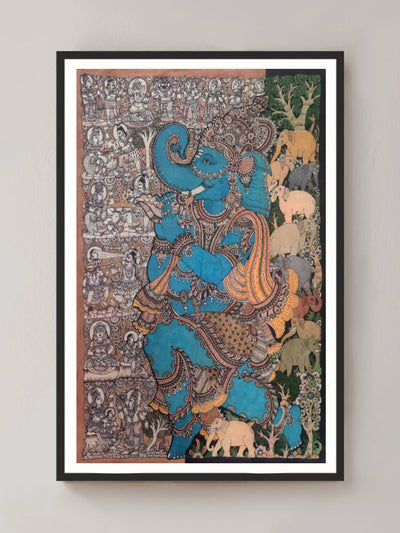








Beautiful article. I am a student of fine arts and always on the lookout for in-depth article such as this. If anyone is interested in DFA: https://www.penkraft.in/DFA